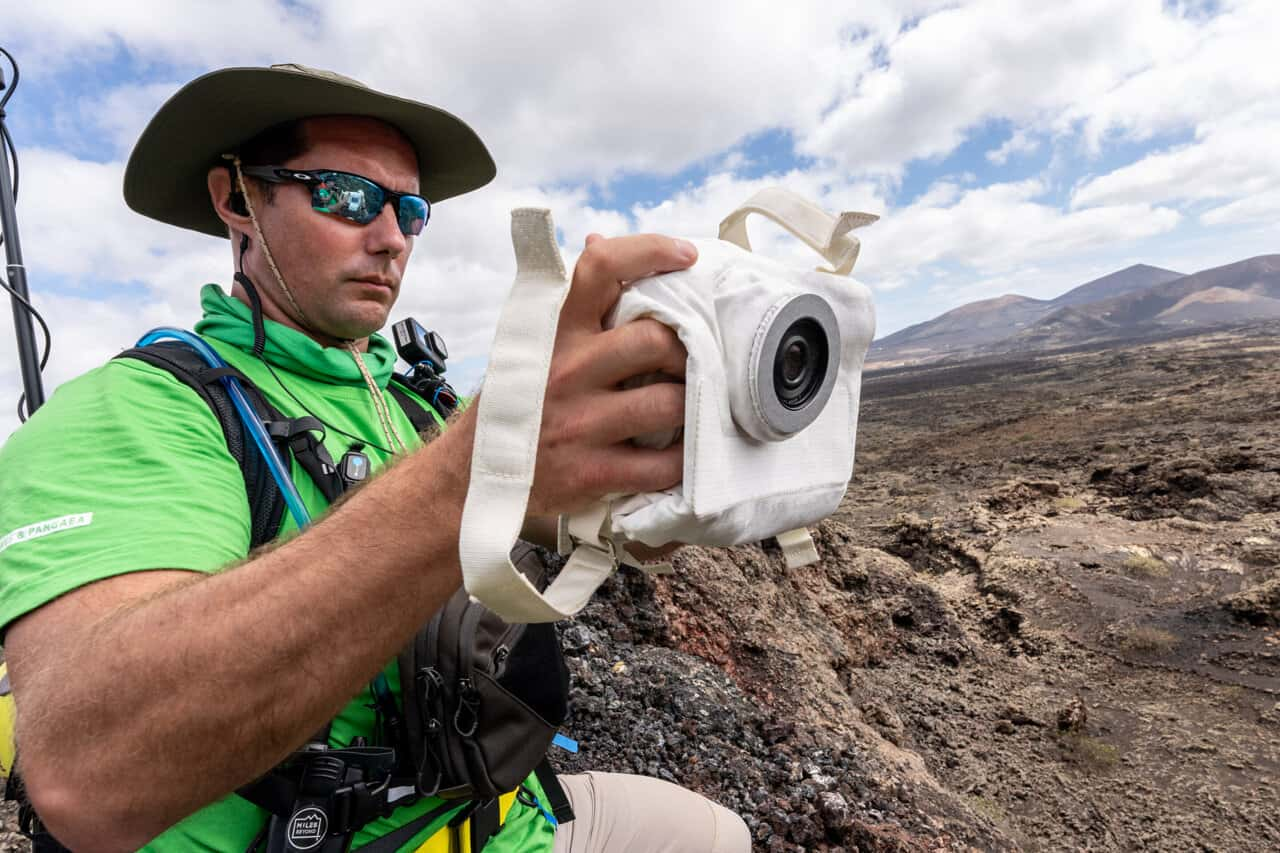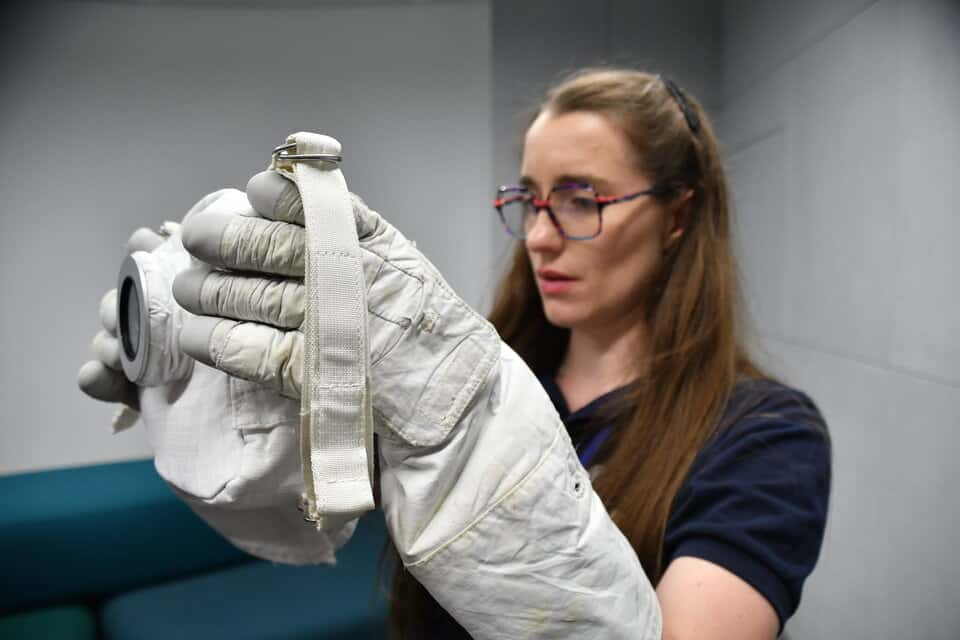This innovative moon camera design, jointly developed by the European Space Agency (ESA) and NASA’s Artemis imagery team, is poised to play a pivotal role in upcoming crewed missions to the moon.

A cutting-edge moon camera design, known as the Handheld Universal Lunar Camera (HULC), has undergone rigorous testing in lunar-like terrains on Earth
The HULC camera is a modified version of off-the-shelf cameras, specially engineered to endure harsh lunar conditions, such as extreme temperatures, a vacuum environment, radiation exposure, and abrasive lunar dust. To ensure usability by astronauts clad in bulky spacesuits, the moon camera design features ergonomic buttons and a protective thermal and dust blanket.
During the testing phase in Lanzarote, Spain, as part of the PANGAEA training program, an international crew simulated lunar scenarios, ranging from well-lit lunar days to dark, volcanic caves. These scenarios closely mimic the challenging lunar environment, where NASA plans to send astronauts in 2025 with the Artemis 3 mission, focusing on the moon’s south pole region near shadowed craters to investigate potential water sources.
Capturing the lunar landscape is imperative for documenting scientific findings during these missions, making the HULC camera a vital tool
It was emphasized that the moon camera design should be user-friendly, considering the challenges astronauts face while wearing gloves and working in lunar conditions. During PANGAEA, the crew fine-tuned the moon camera design’s settings and lenses to ensure optimum resolution, depth of field, and exposure for scientific data collection. This camera marks a significant advancement, as it will be the first handheld, mirrorless camera to be used in space, offering superior image quality, even in low-light conditions, and the capability to record video.
Further testing of the moon camera design prototype is anticipated, including a version destined for the International Space Station, where it will undergo additional experimentation. The camera’s interface and housing have already evolved based on real-world testing, ensuring it is well-prepared for NASA’s Artemis 3 mission, which aims to unlock the moon’s mysteries with cutting-edge technology.
READ ALSO: Partial Lunar Eclipse To Grace Eastern Hemisphere Skies: Livestreams Available For Online Viewing




